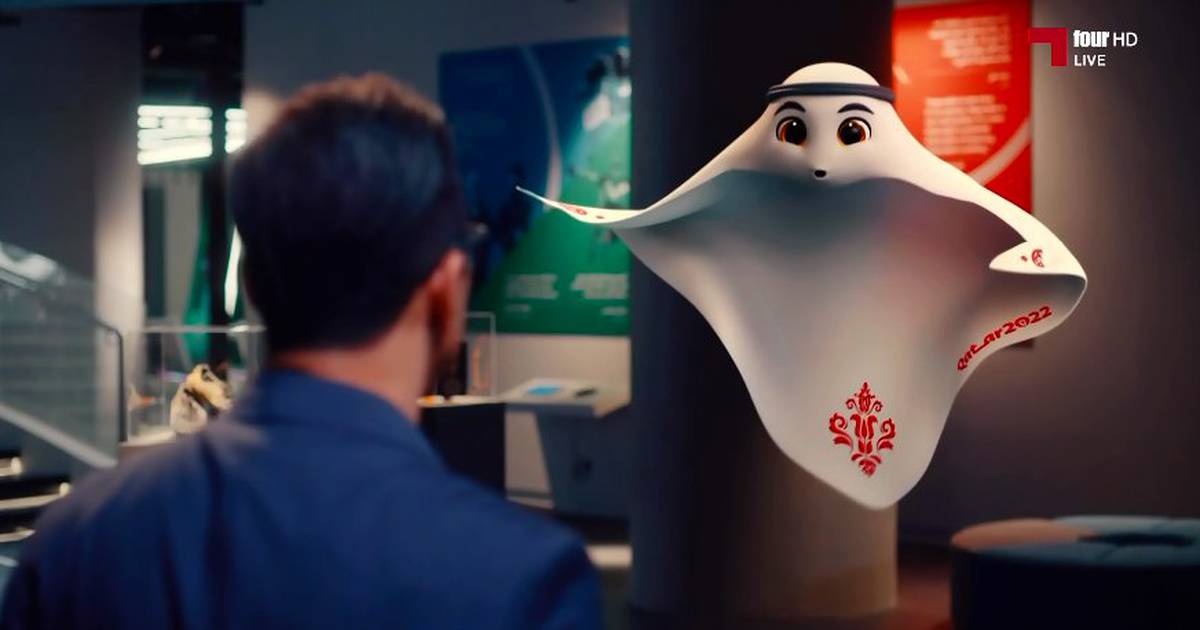La’eeb is an Arabic word meaning super-skilled player.
– We are glad to be able to discover La’eeb as the official mascot for the first FIFA World Cup in the Middle East and the Arab world. We’re sure fans will love this fun and playful character. La’eeb will play a vital role as we involve young and old fans in Qatar’s World Cup, said Khalid Ali Al Mawlawi, one of the leaders of the World Cup.
La’eeb encourages everyone to believe in themselves, and it will bring everyone the joy of football, ”he added.
The practice of presenting mascots at the World Championships began in 1966 in England when the lion Willie was introduced.
From 1970 to 1978, the mascots of the SP were boys – four of them. In Mexico, the mascot was a boy named Juanito by a large sombrero on his head. Four years later in Germany the mascots were the boys Tip and Tap. One wore the inscription WM for the World Cup, and the other in 1974.
The last human figure on the mascots of the World Cups was Gauchito in Argentina in 1978. Dressed in the jersey of the Argentine national team, Gauchito had a scarf around his neck and a whip in his right hand like real South American cowboys.
In Spain in 1982, the mascot was Naranjito (orange), a typical Spanish fruit. Four years later in Mexico the mascot was a hot pepper ‘Pique’ wearing a mustache and a sombrero.
In Italy in 1990, a completely new approach to mascots emerged. ‘Ciao’ was made up of geometric figures in the shape of footballers and in the colors of the Italian flag. He had the ball instead of his head.
The 1994 World Cup in the United States was marked by the dog Striker, the most common pet in America, who wore a T-shirt in the colors of the U.S. flag with the inscription “USA 94”.
France opted for the mascot of the rooster, one of the symbols of France. The footix was blue, as were the French jerseys. The name is derived from the word “football” and the sequel “ix” from a popular comic about Asterix.
Futuristic mascots Ato (coach), Nick (blue player) and Kaz (purple player) descended from Atmozona to our planet to be the official mascots of the World Cup in Japan and South Korea in 2002. The characters were created by computer animation and it was not clear to anyone what the characters symbolized.
In 2006, the Germans opted for the atypical lion Gole and the talking ball – Pille. The lion mascot has caused a lot of controversy because it didn’t have pants, as well as the fact that this animal is more associated with England and the Netherlands than Germany. NCIC, which licensed Gole, filed for bankruptcy in May 2006.
Leopard Zakumi was the official mascot of the 2010 World Cup in South Africa.
For the World Cup in Brazil, the mascot is Fuleco. It is a mammal that is an endangered Brazilian endemic species.
In Russia in 2018, we watched Zabivaka – a wolf with sports glasses and a jersey in the colors of the Russian flag.
